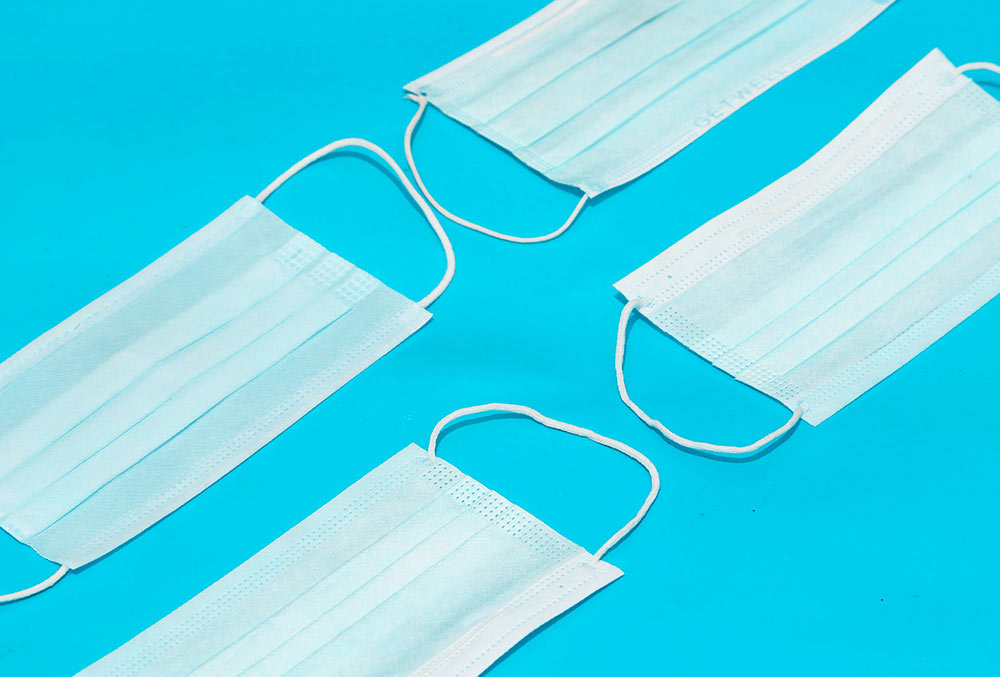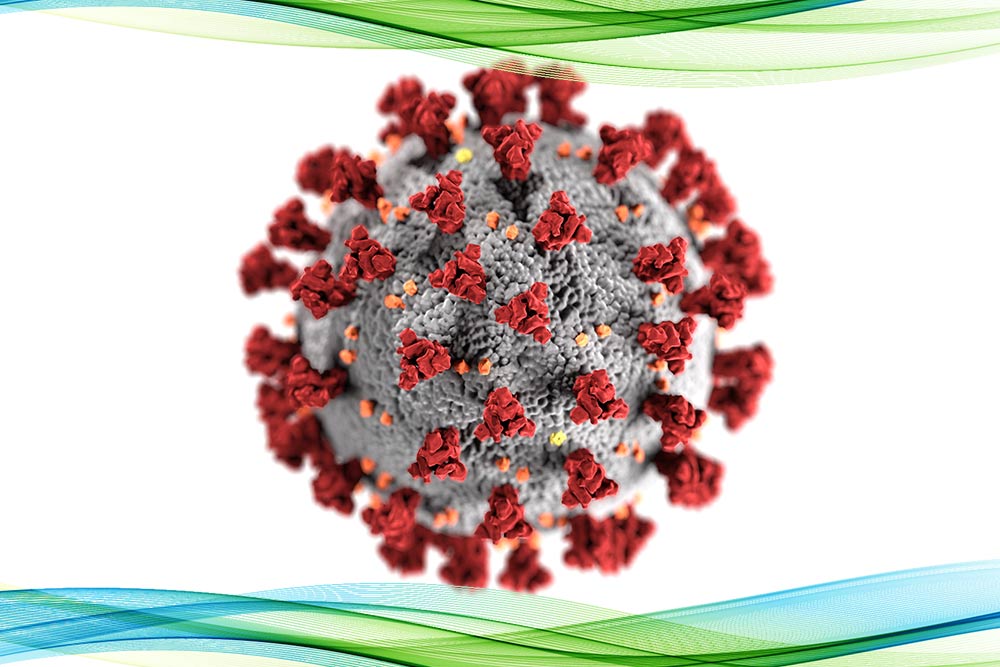Background:
The aim of this systematic review was to identify all methods to quantify intraoperative fluorescence angiography (FA) of the gastrointestinal anastomosis, and to find potential thresholds to predict patient outcomes, including anastomotic leakage and necrosis.
Results:
Some 1317 articles were identified, of which 23 were included. Fourteen studies were done in patients and nine in animals. Eight studies applied FA during upper and 15 during lower gastrointestinal surgery. The quantitative parameters were divided into four categories: time to fluorescence (20 studies); contrast-to-background ratio (3); pixel intensity (2); and numeric classification score (2). The first category was subdivided into manually assessed time (7 studies) and software-derived fluorescence-time curves (13). Cut-off values were derived for manually assessed time (speed in gastric conduit wall) and derivatives of the fluorescence-time curves (Fmax, T1/2, TR and slope) to predict patient outcomes.
Conclusion:
Time to fluorescence seems the most promising category for quantitation of FA. Future research might focus on fluorescence-time curves, as many different parameters can be derived and the fluorescence intensity can be bypassed. However, consensus on study set-up, calibration of fluorescence imaging systems, and validation of software programs is mandatory to allow future data comparison.










